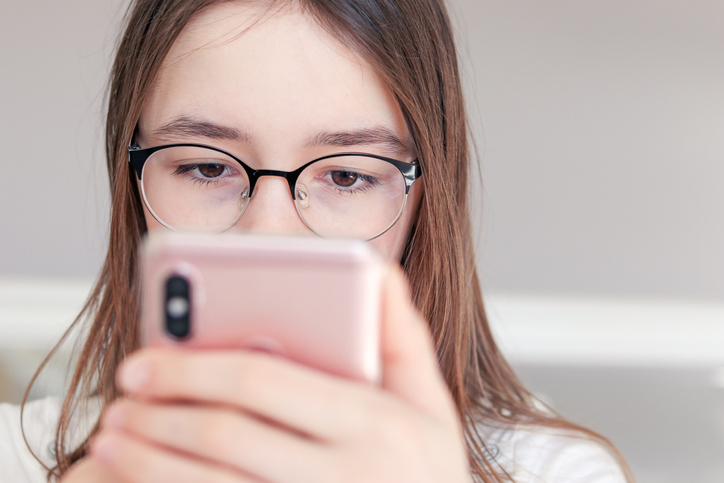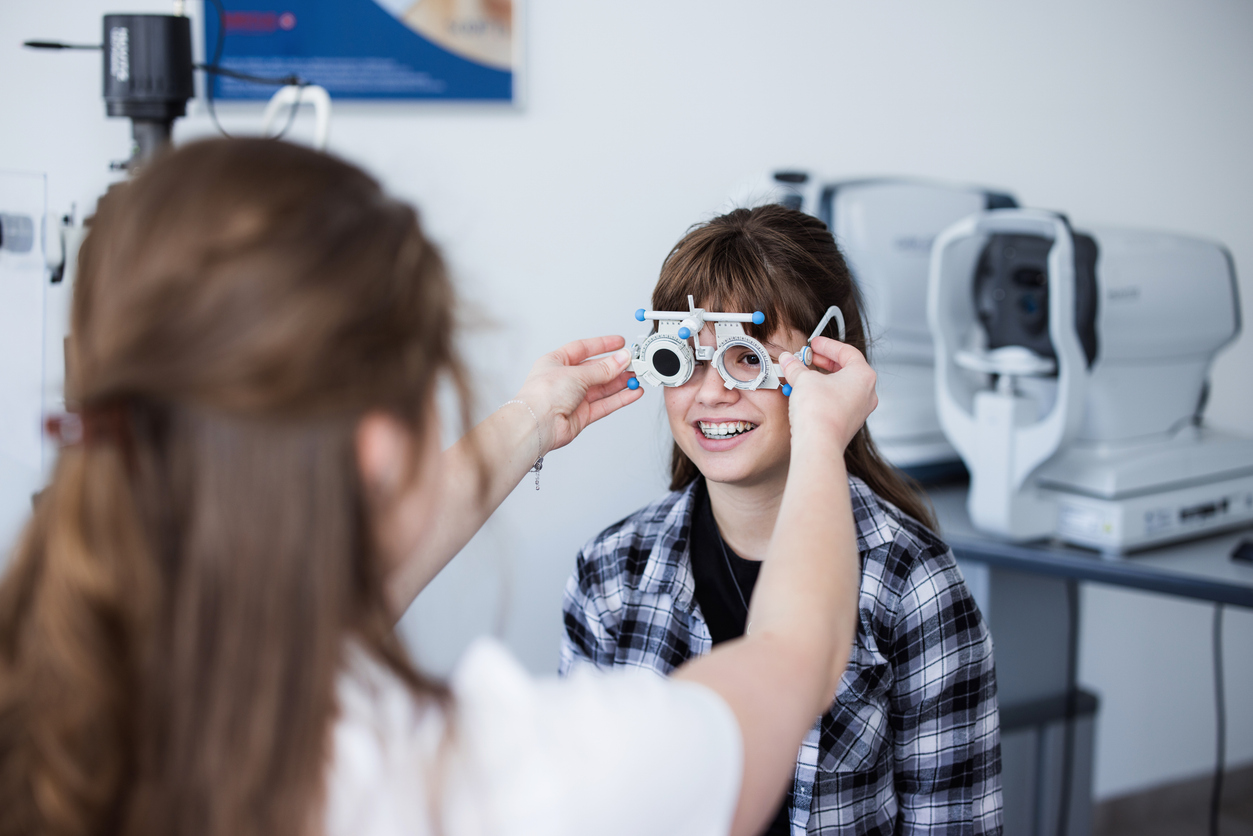If you build it, who will come?
Franchise candidates who are interested in becoming Pearle Vision’s next licensed owners may wonder who their customers will be. The short answer is that everyone needs access to high-quality vision care. The longer answer considers demographic data and changing consumer behavior.
The Centers for Disease Control and Prevention estimate 11 million Americans over age 12 need vision correction, but regular eye exams are recommended for everyone to help catch problems early. Most American adults say they expect to receive an eye exam in the next two years.1
The aging population will account for a large segment of Pearle Vision’s customer base in the future. Vision tends to change and get less clear with age, and so an older demographic will likely equal a growing demand for vision care and glasses.
Additionally, experts are studying whether the proliferation of mobile devices – and the increasing amount of time that younger people, especially, spend on them – may be leading to more vision problems at an earlier age.2
Aging Demographics
As people age, regular eye exams and corrective lenses are even more crucial to maintaining vision, overall health and independence. Healthy eyes and clear vision are essential to quality of life whether someone is still working or recently retired, and eyesight generally begins to decline after age 40.
The baby boomers are now 56 to 76 years old and aging out of the workforce. Gen X – a smaller population – is 41 to 55 and considered to be at the height of their careers.
The U.S. Census Bureau estimates that by 2050, 83.7 million Americans will be 65 or older. Common age-related vision problems include presbyopia, glaucoma, age-related macular degeneration and cataracts.3
At the same time, millennials, who make up the largest generational group in history, are now 26 to 40. We believe Gen Y is going to provide a massive new base of patients for vision care providers because of their sheer numbers. Preliminary research from the University of Toledo also suggests millennials’ eyesight may suffer from having spent much of their lives peering into small screens.4
Effects of Mobile Devices
The Vision Council reports that about 80% of American adults use digital devices for more than two hours per day, and 59% say they have symptoms of digital eye strain. Preliminary research also has linked the blue light emitted from electronics such as mobile phones and flat-screen TVs to macular degeneration.4
The long-term effects of staring into small screens could have a negative impact on the tech-savvy millennials and the younger centennials of Gen Z. Gen Z, which includes ages 5 to 25, has grown up on smartphones, first playing with their parents’ phones and then receiving their own first mobile phone at an average of 10.3 years old.5 About 55% of centennials say they spend more than five hours per day on their phones.6
Additionally, the American Optometric Association reports that children’s use of mobile devices may be contributing to an increase in myopia, or nearsightedness.2
People of all ages require vision care to stay healthy and maintain a strong quality of life, and that will not change in the future. A growing number need glasses or contact lenses. Because Pearle Vision’s business model includes both medical care and a retail operation, Pearle Vison licensed owners can anticipate a steadily growing customer base moving forward.
1 Vision Wellness Study, Versant Health
2 “Children’s myopia risk linked to smartphone risk, study says,” American Optometric Association
3 “Vision and Aging Resources,” National Eye Institute
4 “UT Chemists Discover How Blue Light Speeds Blindness,” University of Toledo



